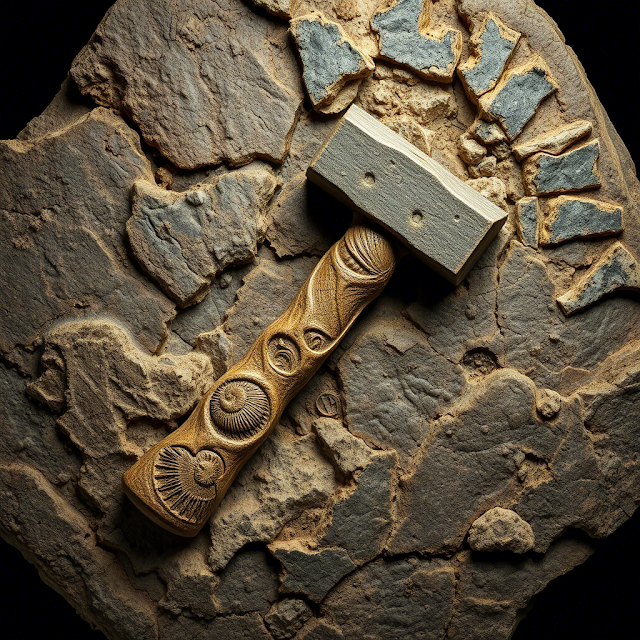Introduction: Faith, Science, and the Search for Meaning
For centuries, the Bible has been seen primarily as a religious and spiritual book. However, scholars, scientists, and theologians have been discovering that this ancient sacred text may also contain surprising clues of scientific knowledge — long before science as we know it was formally established.
Is it possible that a book written thousands of years ago contains accurate scientific concepts, descriptions of nature and the cosmos, and principles of health and physics that modern science is only now confirming? The topic is as intriguing as it is controversial, and its relevance today goes beyond religion — it's tied to our innate human curiosity for truth, meaning, and order.
In this article, we’ll dive deep into the scientific secrets hidden in the Bible, offering detailed analysis and relatable examples that show how faith and science don’t have to be opposites — they can be partners in understanding our world.
1. The Earth Suspended in Space – A Timeless Vision
One of the most striking examples comes from the Book of Job, considered one of the oldest texts in the Bible. Job 26:7 states:
“He spreads out the northern skies over empty space; he suspends the earth over nothing.”
This description, written over 3,000 years ago, defied the common beliefs of the time that the Earth was supported by pillars, animals, or gods. Today, we know that the Earth literally hangs in space, orbiting the Sun with no visible support.
This verse shows a level of understanding far beyond the scientific awareness of its era. Coincidence? Divine inspiration? It remains one of the Bible’s most fascinating scientific mysteries.
2. The Water Cycle – Nature Described with Precision
Another remarkable example is found in Ecclesiastes 1:7:
“All streams flow into the sea, yet the sea is never full. To the place the streams come from, there they return again.”
This verse perfectly describes the hydrologic cycle: evaporation, condensation, precipitation, and runoff. Though this concept is now well understood, it wasn’t scientifically explained until the 17th century.
Yet again, the Bible presents a clear insight into natural processes long before science had the tools to observe them.
3. Hygiene and Health Laws – Ancient Preventive Medicine
The books of Leviticus and Deuteronomy are filled with health-related instructions — many of which were dismissed for centuries, but are now central to preventive medicine.
Examples include:
-
Quarantining the sick with infectious diseases (Leviticus 13) — essential in pandemic control.
-
Hand washing and using running water — a biblical recommendation only adopted in medicine in the 19th century thanks to Dr. Ignaz Semmelweis.
-
Avoidance of undercooked pork, which can carry parasites like trichinosis.
These were not just religious rituals but practical health guidelines, centuries ahead of their time.
4. The Expanding Universe – Ancient Cosmology
Isaiah 40:22 offers a curious phrase:
“He sits enthroned above the circle of the earth (...) He stretches out the heavens like a canopy, and spreads them out like a tent to live in.”
The expression “stretches out the heavens” appears multiple times in Scripture. Today, we know the universe is indeed expanding — a discovery made only in the 20th century by Edwin Hubble.
Could the biblical writers have been describing, even poetically, the expanding universe? The repetition of this theme suggests it’s more than poetic imagery.
5. Circumcision on the 8th Day – Hematological Insight?
Genesis 17:12 instructs that circumcision should take place on the eighth day of a male infant’s life. Interestingly, modern medical research shows that this is precisely when levels of vitamin K and prothrombin — essential for blood clotting — naturally peak.
This detail, long overlooked, reveals a biological understanding that astonishes even modern physicians.
6. The Progressive Order of Creation
The Genesis creation account follows a sequence surprisingly aligned with what modern cosmology and evolutionary biology propose:
-
Light (Big Bang?)
-
Separation of waters and land
-
Appearance of vegetation
-
Creation of heavenly bodies (various interpretations)
-
Marine life and birds
-
Land animals and human beings
Though poetic and theological in nature, this order has intrigued scientists who search for patterns between Scripture and science.
7. Numerology and Biblical Codes – Coincidence or Design?
Some scholars have dedicated years to analyzing numerical patterns and hidden structures within the Bible. The number 7, for instance, appears repeatedly as a symbol of completeness (seven days of creation, seven trumpets, seven churches, etc.).
There are even theories — like the controversial "Bible Code" — suggesting hidden messages or patterns in the original Hebrew text that predict historical events. While many of these claims are dismissed by mainstream science, they continue to fascinate readers and researchers alike.
8. Prophecies and the Science of Time
Biblical prophecies often involve detailed time calculations, cycles, and historical patterns. One striking example is the prophecy of the 70 weeks in Daniel 9, which many interpret as a precise prediction of the Messiah’s arrival.
Recent studies in probability have attempted to calculate the odds of such prophecies being fulfilled by chance — and the numbers are astoundingly low.
Bridging Science and Spirituality
The examples above do not prove the Bible is a scientific textbook. But they do reveal insights that align with modern knowledge in ways that are hard to ignore. This leads us to a powerful idea: science and faith don't have to compete.
Both seek truth. Science asks “how,” and the Bible often explores “why.”
The intersection of these fields opens rich ground for reflection — and offers both believers and skeptics a new lens through which to view reality.
Conclusion: An Invitation to Discovery
The Bible is more than a religious book — it is also a reservoir of ancient wisdom, with layers of knowledge we’re still uncovering. The scientific mysteries woven into its pages are not threats to modern understanding but bridges of dialogue.
Whether you’re a scientist, a seeker, or a person of faith, this is an open invitation: read the Bible with fresh eyes. Ask questions, explore connections, and compare what’s written to what we know today. You might be surprised by the answers — or by the new questions that arise.
“It is the glory of God to conceal a matter; to search out a matter is the glory of kings.” – Proverbs 25:2











.png)























